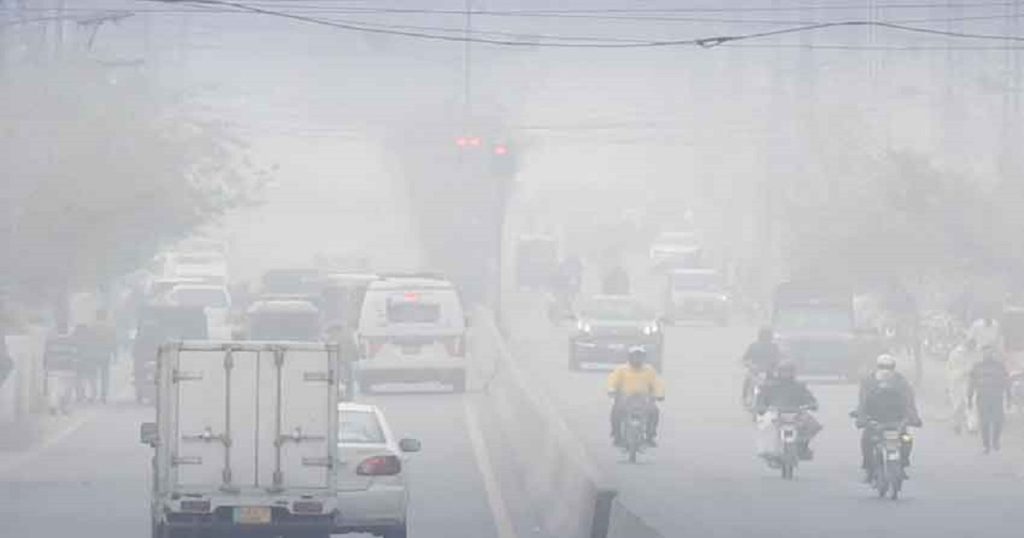Islamabad residents are facing a worsening air quality crisis, with the air quality index (AQI) consistently reaching dangerous levels. According to the Pakistan Environmental Protection Agency (Pak-EPA), the combination of large-scale construction projects, increasing vehicular emissions, and pollution from outdated brick kilns is contributing to the city’s hazardous air.
The AQI has been fluctuating between unhealthy and very unhealthy levels for the past two months, with particulate matter (PM2.5) significantly exceeding safe limits. The surge in pollution is attributed to ongoing developments like high-rise constructions and road extensions, as well as the use of old, inefficient machinery. This has led to a dangerous rise in pollutants, posing serious health risks, particularly to vulnerable groups such as children, the elderly, and those with respiratory issues.
Pak-EPA officials have recommended measures like frequent water sprinkling to prevent dust from becoming airborne. As part of efforts to address the issue, the agency will soon install additional air monitoring units across the city.
In addition to construction-related pollution, emissions from brick kilns on the outskirts of the city and neighboring Rawalpindi further exacerbate the problem. The presence of fine particulate matter, which can penetrate deep into the lungs and bloodstream, significantly raises health concerns.
Residents, such as Mahwish Khan, have reported a sharp decline in health after returning to the city, with symptoms including allergies, sneezing, and coughing—clear signs of the harmful effects of polluted air.
Health experts emphasize that air pollution not only affects the lungs but also the liver, skin, and overall well-being, leading to fatigue and exacerbating chronic conditions like asthma and heart disease. Efforts to reduce emissions and improve air quality are urgently needed to protect the public health of Islamabad’s residents.



Comments (0)
No comments yet. Be the first to comment!
Leave a Comment